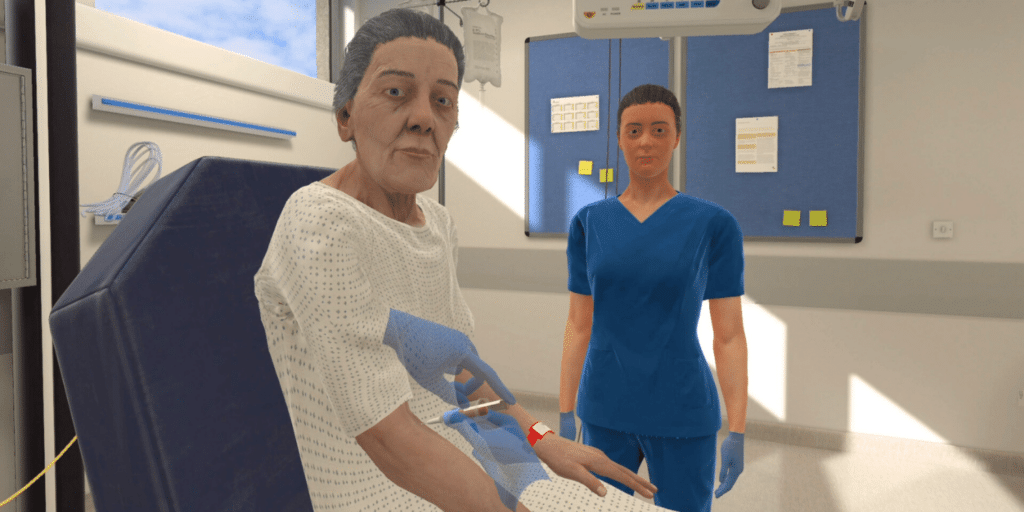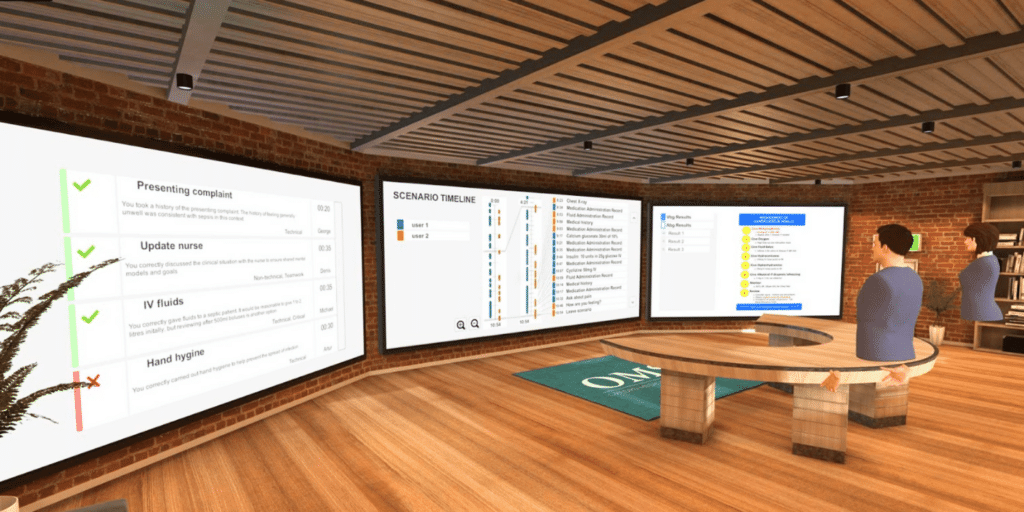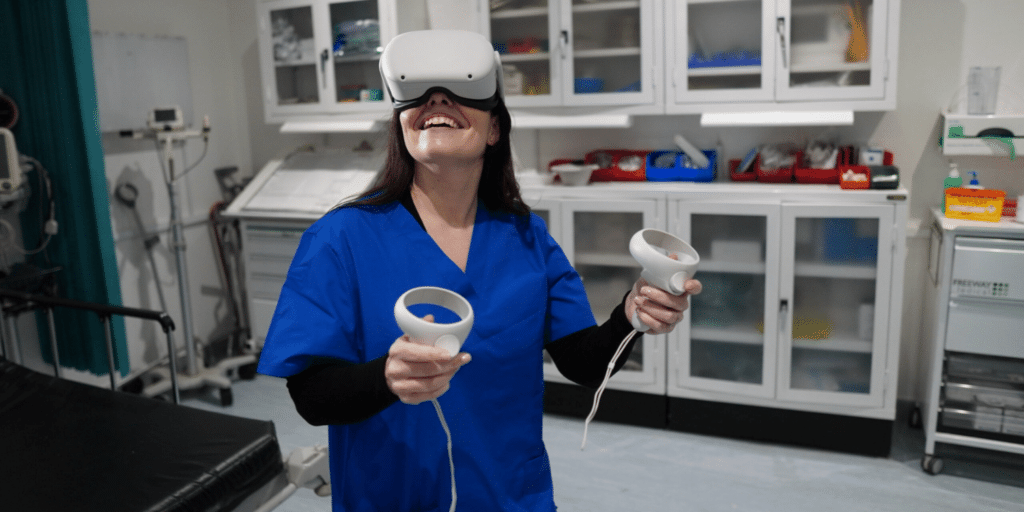When you’re learning something new, it’s important to feel like you can freely make mistakes – and learn from them.
Often in simulation-based learning, the learner taking on a lead role is being observed by their peers, and in many cases, is being assessed by a facilitator. That can feel like a more high-stakes situation, making it harder to take risks or remain fully present in the simulation.
Creating a psychologically safe space, both in education and in practice, is highly important in the learning process, and successfully creating a safe learning environment can have real-world consequences.
In practice, for example, cross-disciplinary teams that promote a more psychologically safe environment have been shown to positively impact the recognition and prevention of errors.
Clearly it’s important, but what exactly is psychological safety and how can you intentionally maintain an environment that supports it?
The fundamentals of psychological safety
Psychological safety is a widely-used term across multiple domains – healthcare, aviation, and education to name a few.
While there are many definitions, they essentially boil down to a space in which people (or teams) feel safe to make mistakes, learn from them, and speak up without fear of repercussions.
The Healthcare Simulation Dictionary defines it largely in this way, with the addition of the ability to ask for help without fear of embarrassment.
In some cases, people may feel more comfortable starting to approach a problem or scenario independently, prior to being evaluated or discussing their work in front of a group. This is more often achievable with scenarios that can be completed remotely, like with OMS, for example.
In other cases, an effective facilitator can be an essential component to maintaining psychological safety in education. Facilitators that remain accessible and approachable to learners, who are comfortable with admitting mistakes or knowledge gaps, foster an environment that is conducive to learning.
To feel safe in simulation, students should first be oriented to the environment. This may involve a session that allows students to see the space or get familiar with the equipment they’ll be using.
They should also be prepared prior to the simulation. This can be in the form of reading materials, videos, and/or answering questions related to the context of the simulation.
Finally, there should be clear learning objectives from the outset, giving learners a clear understanding of what’s expected of them.

How does OMS promote psychological safety?
While VR is not based in the physical, the quality and immersion level of it can elicit emotions like fear or anger, which can affect decision-making. Even in the virtual world, maintaining psychological safety is still very much relevant and important to promote learning.
One way that OMS supports psychological safety is the independent access learners have to VR simulations, which can be done with or without faculty supervision. Learners can repeat scenarios as much as they need to feel confident in their skills, prior to debriefing with a group or being assessed.
As part of working with OMS, learners, faculty, and administrators receive onboarding materials that orient them to virtual reality and the platform. This gives everyone clarity on what to expect from the simulation, well before there are ever any stakes in the scenario.
Because VR involves virtual patients, there is an inherent level of safety in knowing that mistakes will never actually endanger patient lives. Scenarios can give learners an opportunity to practice in complex situations that they may not encounter frequently in real-world practice.
Learners can see mistakes play out, which may be stressful at times, however, it allows for repetition of the scenario to fix the mistake and ensure it doesn’t happen again. An effective facilitator may also use mistakes as opportunities to learn, inviting questions and participation.
Beyond what’s known about VR currently, it’s important to hear from learners themselves about their experiences with OMS.

From learners' perspective
One study reported that undergraduate students in nursing and midwifery education had largely positive experiences with OMS. Learners reported that OMS helped them “gain valuable knowledge” while remaining “fun to use” and “a very safe way to practice nursing skills” “without the fears of harming someone”.
OMS also provides automated feedback with rationale that is objective in nature. This feedback can give facilitators topics that make for rich debriefing discussions, further promoting participant engagement and fostering team-based learning.
Psychological safety is something that can be fostered through intention, thought, and planning. With virtual simulation, creating a space that feels safe to make mistakes can provide opportunities for learning that continue outside of the simulation itself, encouraging participants to delve further into mistakes rather than retreat from them.
In particular, VR simulation allows for more self-directed learning and without added pressure, further promoting a safe learning environment for learners to explore, take risks, make mistakes, and ultimately learn from them and take those lessons into practice and patient care.
To see how OMS can work for your learners, set up a time to chat with us here.
